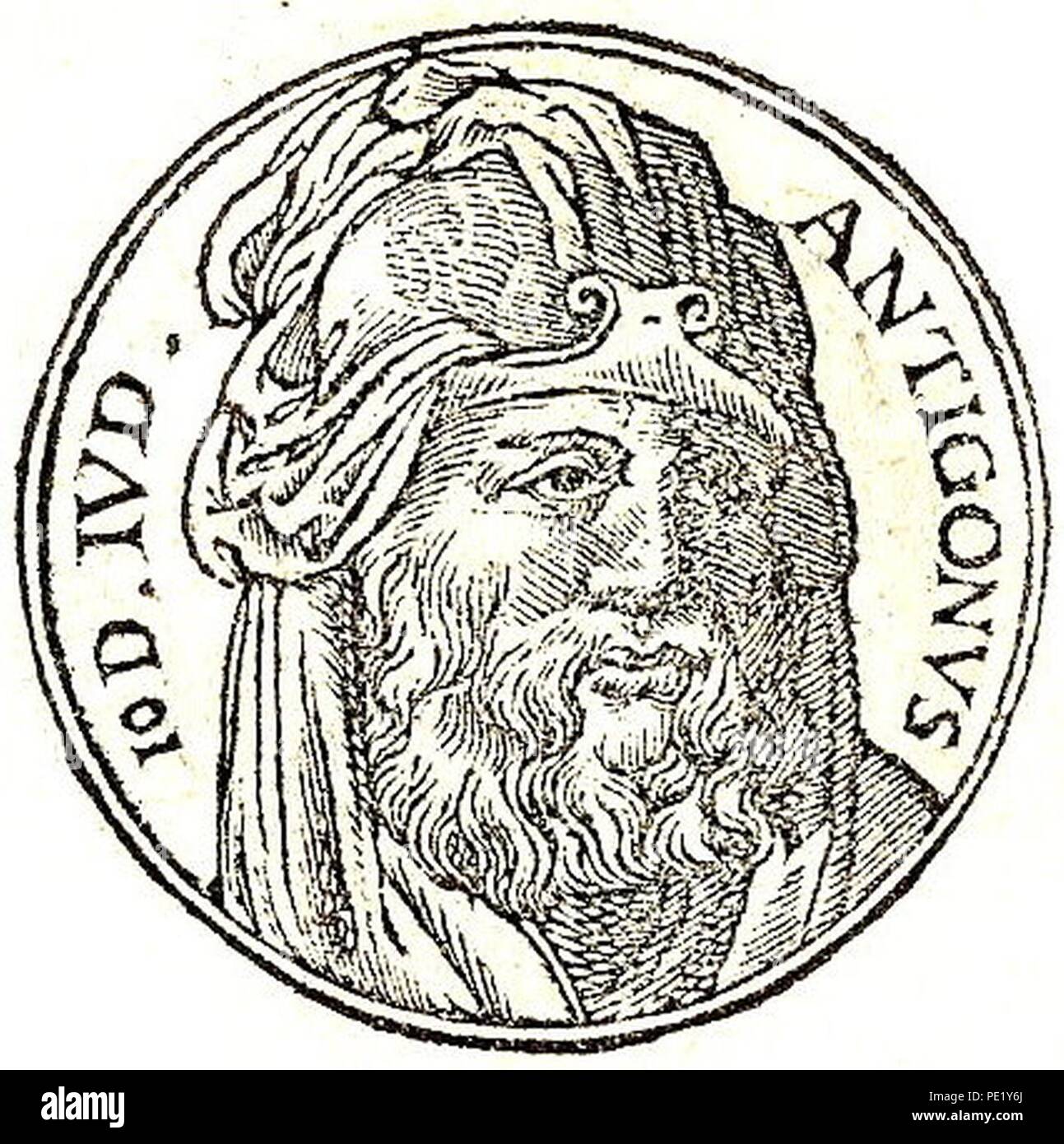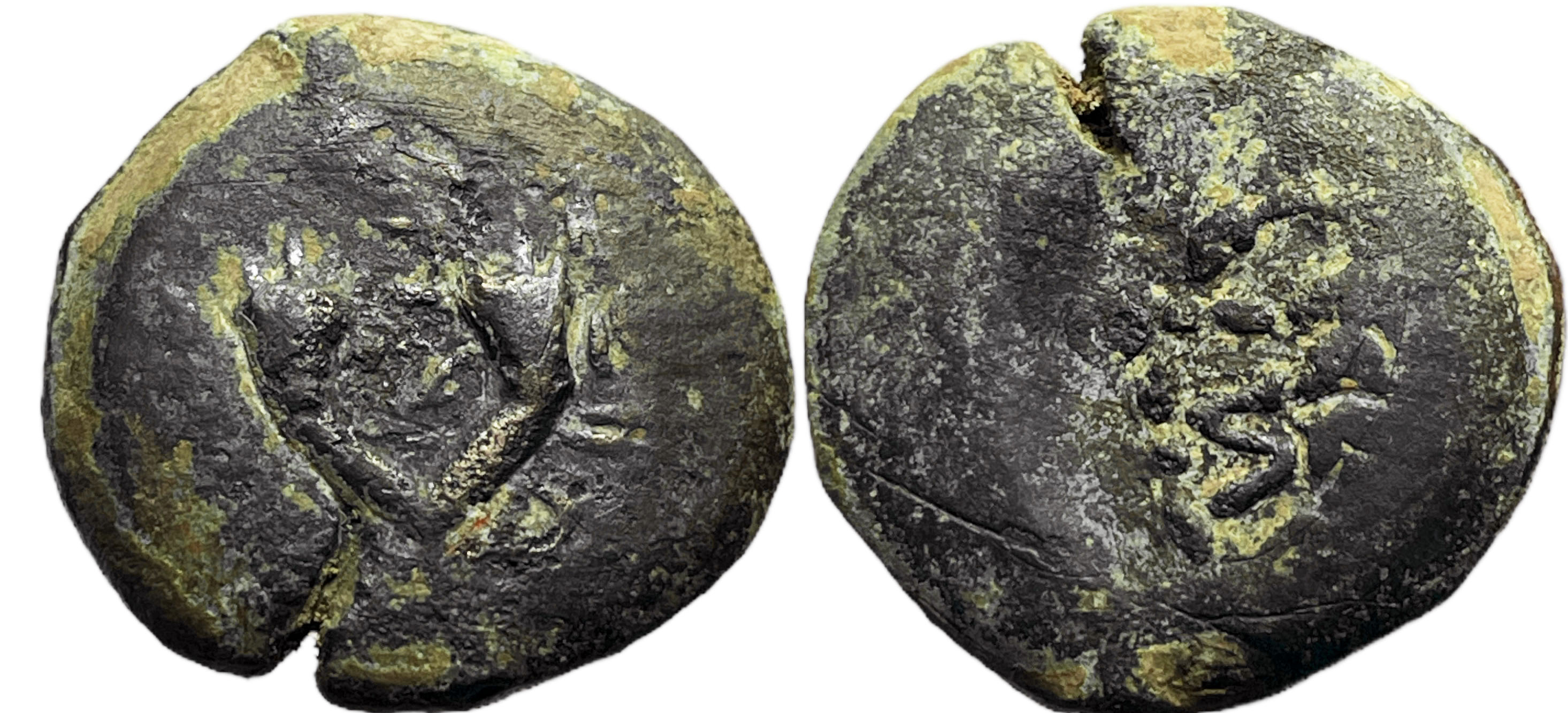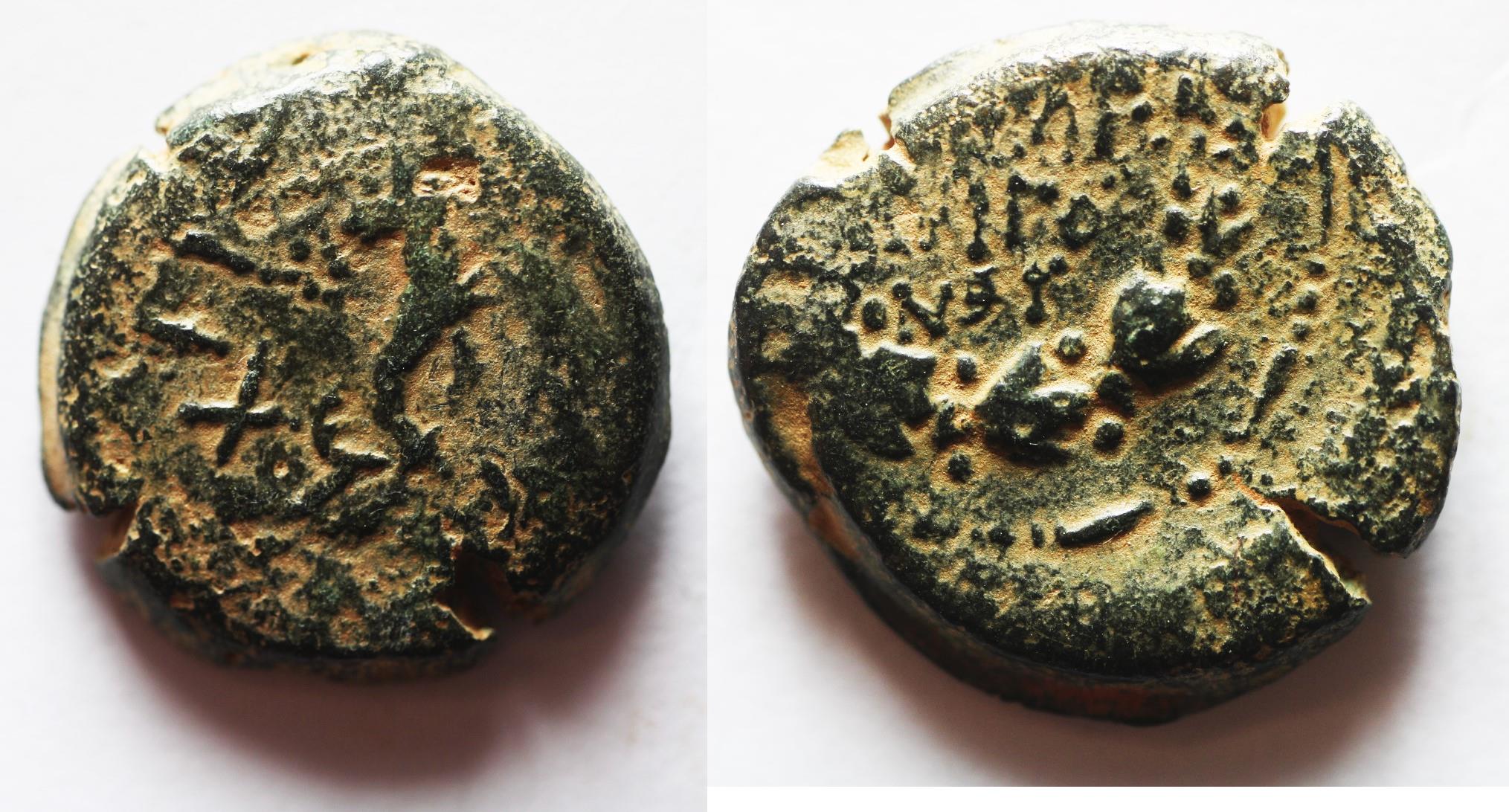
Welcome to an intriguing exploration of history! Today, we will embark on a captivating journey into the life and times of Antigonus Mattathias, the final ruler of the Maccabean dynasty, who held power from 40 to 37 BC. His reign was not only significant for its political implications but also for the profound events that unfolded during this tumultuous period, which ultimately influenced the trajectory of Judea and its people. As we delve deeper into his story, we will uncover the challenges he faced, the alliances he forged, and the legacy he left behind. So, pour yourself a cup of coffee, settle in, and join me as we unravel the remarkable narrative of Antigonus Mattathias and the era that defined his rule!
Who Was Antigonus Mattathias?

Antigonus was not merely an ordinary ruler; he was the son of Aristobulus and a legitimate member of the esteemed Hasmonean dynasty. This noble lineage afforded him a distinctive and influential position within the often chaotic political landscape of Judea during a time of great upheaval. But what does it truly mean to be a Hasmonean? To understand this, we must delve deeper into the history and significance of this remarkable dynasty.
### The Hasmonean Dynasty: A Brief Overview
The Hasmonean dynasty emerged from the heroic Maccabean Revolt, a pivotal uprising against the oppressive Seleucid Empire. This ruling family was celebrated for its strong leadership and unwavering commitment to Jewish traditions and values. As a descendant of this illustrious lineage, Antigonus inherited not only a rich legacy but also the mantle of resistance and resilience that characterized his ancestors’ struggle for independence and religious freedom.
### The Rise to Power
Antigonus’s ascent to power was marked by his strategic alliance with the Parthians, a formidable empire that played a significant role in the region’s politics. With their support, he was established as both king and high priest of Jerusalem, a dual role that underscored his authority and influence. However, this significant achievement was not without its challenges. The political landscape was fraught with rivalries and conflicts, and Antigonus had to skillfully navigate these turbulent waters to maintain his position and fulfill his responsibilities. How did he manage to balance these complexities and assert his rule? Let’s explore the intricacies of his reign and the obstacles he faced in his quest for stability and legitimacy.
The Political Landscape of Judea

During the reign of Antigonus, Judea became a focal point of intense political maneuvering and intrigue. The rise of the **Herodian dynasty**, which commenced in 37 BC, marked a significant turning point in the region’s cultural landscape, as it ushered in the influence of Greek culture and language. This transformation had far-reaching consequences for the Jewish population, leading to a profound cultural clash that reshaped their identity.
### The Influence of the Herodian Dynasty
As the Herodian dynasty took hold, Greek emerged as the predominant language on Judean currency, a notable shift from the traditional use of Hebrew. This change posed a considerable challenge for Antigonus, who was tasked with preserving Jewish identity in the face of such overwhelming cultural transformation. The struggle to maintain a distinct Jewish heritage while navigating the pressures of Hellenization was a delicate balancing act that defined this era.
#### Herod Philip: A Controversial Figure
Among the figures of this tumultuous period, **Herod Philip** stands out as particularly controversial. His decision to mint coins bearing the effigy of the Roman emperor was seen as a severe violation of Jewish customs and beliefs, provoking outrage among the populace. This act was not merely a political statement; it was perceived as a direct affront to the deeply held values of the Jewish community. Imagine the feelings of discontent and frustration that would arise if your cultural symbols were being overshadowed and replaced by foreign influences. The tension between maintaining traditional beliefs and adapting to new realities created a complex and often volatile atmosphere in Judea during this time.
Antigonus’s Reign: Achievements and Challenges

Antigonus’s reign was characterized by a complex interplay of significant achievements and formidable challenges. His primary objective was to restore Jewish sovereignty, a goal that was increasingly complicated by external pressures from powerful neighboring states. To better understand the impact of his leadership, it is essential to examine some of his most notable accomplishments during this tumultuous period.
One of the most important milestones of Antigonus’s rule was the reintroduction of the seven-branched candlestick, a potent symbol of Jewish identity and heritage. This act was particularly meaningful in an era when Jewish traditions faced considerable threats from various external forces. By reinstating this emblem, Antigonus not only reinforced the cultural and religious identity of the Jewish people but also sent a strong message of resilience and unity in the face of adversity.
In addition to his cultural initiatives, Antigonus was also deeply embroiled in military conflicts, especially with the encroaching power of the Romans. His strategic alliance with the Parthians proved to be a double-edged sword; while it provided him with necessary military support, it simultaneously painted a target on his back for Roman intervention. The political landscape during his reign was akin to a high-stakes chess game, with each move carrying significant consequences for the future of his kingdom. Antigonus’s ability to navigate these challenges while striving to uphold Jewish sovereignty is a testament to his complex legacy.
The Downfall of Antigonus Mattathias

Despite his efforts, Antigonus’s reign was short-lived. The political landscape was shifting, and the Romans were not going to sit idly by. What led to his downfall?
The Suicide of Phasael
Antigonus’s brother, Phasael, reportedly committed suicide during this tumultuous period. This event sent shockwaves through the Hasmonean family and weakened their position. Can you imagine the despair?
Herod’s Escape to Rome
Meanwhile, Antigonus’s rival, Herod, managed to escape to Rome. This escape was pivotal, as it allowed Herod to gather support and eventually return with a vengeance. The stage was set for a dramatic showdown!
The Legacy of Antigonus Mattathias

So, what’s the takeaway from Antigonus’s story? His reign, though brief, left a lasting impact on Jewish history. Let’s explore his legacy.
Cultural Resilience
Antigonus’s introduction of the seven-branched candlestick symbolized the resilience of Jewish culture. Even in the face of adversity, he sought to uphold Jewish traditions. Isn’t that inspiring?
Lessons from History
Antigonus’s story teaches us about the importance of cultural identity and the challenges of leadership. In a world where external influences can threaten our values, his legacy reminds us to stand firm.

In conclusion, Antigonus Mattathias was a complex figure whose reign was marked by both triumphs and tribulations. His efforts to restore Jewish sovereignty and uphold traditions in a rapidly changing world resonate even today. As we reflect on his legacy, let’s remember the importance of cultural identity and resilience.
| Event | Date | Significance |
|---|---|---|
| Antigonus becomes King | 40 BC | Established as king by the Parthians |
| Introduction of the Seven-Branched Candlestick | Unknown | Symbol of Jewish identity |
| Phasael’s Suicide | Unknown | Weakened the Hasmonean position |
| Herod’s Escape to Rome | Unknown | Paved the way for Herod’s return |
Thanks for joining me on this historical journey! If you have any thoughts or questions about Antigonus Mattathias or the Maccabees, feel free to share!

